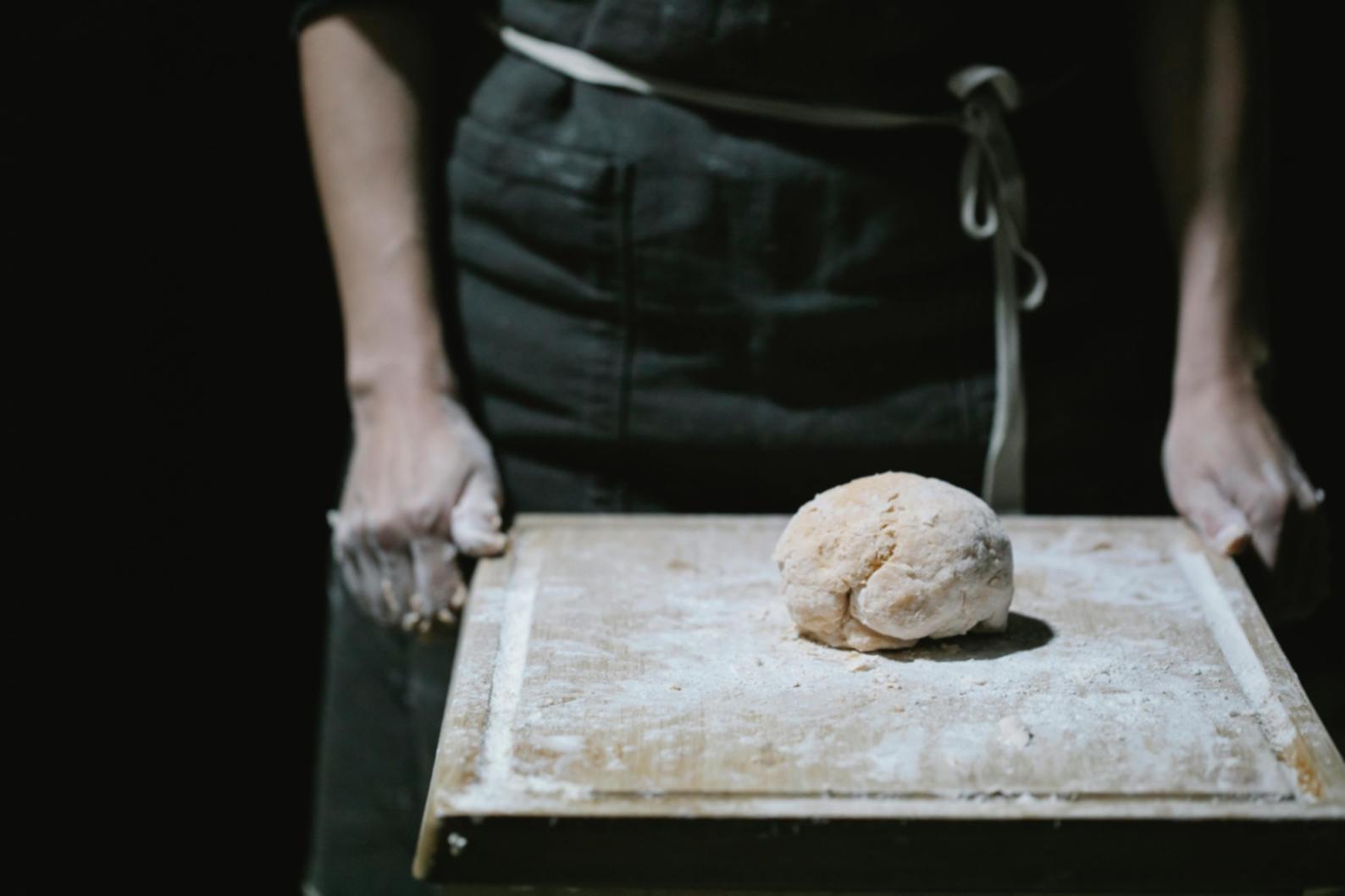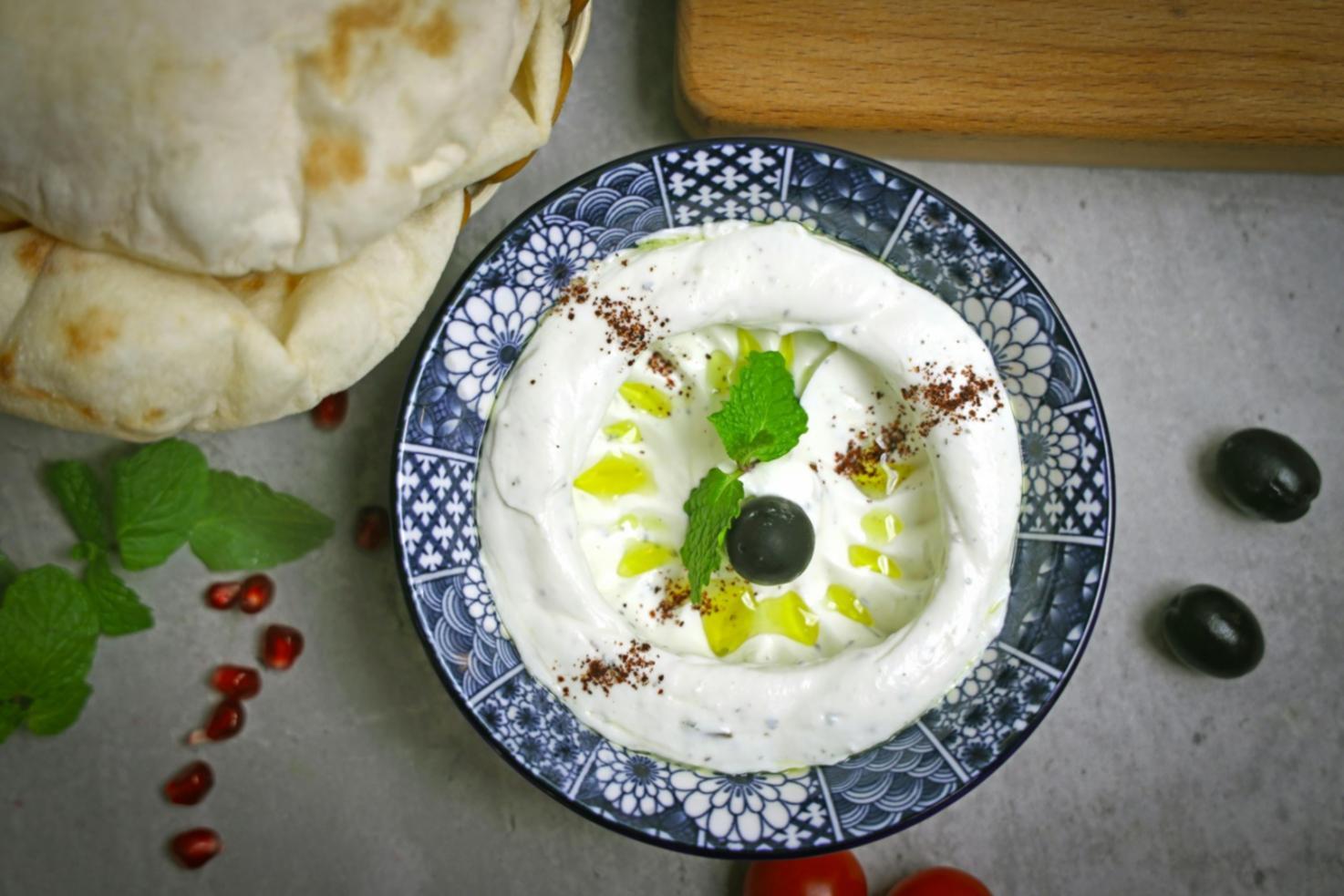Learn the Craft That Feeds Passion
Our training programs take you beyond recipes. You'll work with dough that feels alive in your hands, understand why regional Italian styles taste different, and build skills that make you confident in any kitchen.
Request Information
Traditional Techniques Meet Modern Kitchen Reality
We started these programs because we kept meeting talented people who knew recipes but couldn't handle the pace of a real service. Or they'd mastered one style of pizza and felt lost with anything different.
Our approach builds muscle memory alongside knowledge. You'll make the same dough dozens of times until your hands recognize proper hydration without measuring. You'll stretch hundreds of bases until centering becomes automatic.
And here's what matters: you'll understand why Neapolitan dough needs different handling than Roman, why toppings placement affects cooking, and how to troubleshoot when something goes wrong during service.
What You'll Actually Learn
Regional Italian Styles
Naples, Rome, Sicily — each region approaches pizza differently. You'll learn the techniques that define each style and understand why those differences matter for flavor and texture.
Service Speed Training
Making one perfect pizza is different from maintaining quality during rush hours. We simulate real service conditions so you build the stamina and systems that keep standards high under pressure.
Ingredient Recognition
Not all mozzarella behaves the same. You'll learn to evaluate ingredients by texture and moisture content, adjust recipes based on what's available, and make substitutions that preserve dish integrity.
Oven Management
Wood-fired, gas deck, convection — each oven type requires different techniques. You'll work with multiple oven styles and learn to read temperature patterns that affect cooking results.
Menu Development Basics
Creating dishes that work together on a menu involves balancing prep time, ingredient overlap, and customer preferences. We cover practical menu planning that makes kitchen operations smoother.
Kitchen Communication
Professional kitchens have their own language. You'll learn standard terminology, order organization systems, and how to work efficiently alongside other kitchen staff during service.
Small Groups, Real Feedback
We keep sessions to six people maximum. This isn't about efficiency — it's about giving you meaningful correction when it matters.
When you're stretching dough, an instructor can spot tension issues and help you adjust immediately. When you're building a pizza, someone's there to explain why your topping distribution will cause uneven cooking.
- Individual technique assessment with hands-on correction
- Equipment access that matches professional kitchen standards
- Practice time scheduled between instruction sessions
- Recipe variations adapted to your learning pace
Programs typically run for three to six months, depending on your starting skill level and how much practice time you can commit. Most participants attend twice weekly.

How Training Progresses
We structure learning to build reliable foundations before adding complexity. Each stage prepares you for what comes next.
Dough Fundamentals
Everything starts with dough that behaves predictably. You'll learn proper mixing, bulk fermentation timing, and how to recognize when dough has developed enough gluten. We spend significant time here because inconsistent dough makes everything harder.
Shaping and Stretching
Hand-stretching requires feel that only develops through repetition. You'll practice achieving even thickness, maintaining proper edge structure, and working at speeds that match service requirements. This stage teaches your hands what your eyes can't always see.
Sauce and Topping Balance
Proper ingredient ratios affect both flavor and cooking performance. You'll learn moisture management, topping weight distribution, and how different cheeses melt. Understanding these relationships helps you troubleshoot problems and create balanced dishes.
Baking and Service Integration
The final stage combines all skills under realistic conditions. You'll manage multiple orders, maintain quality standards during continuous production, and handle the physical demands of professional service. This is where preparation becomes practical capability.